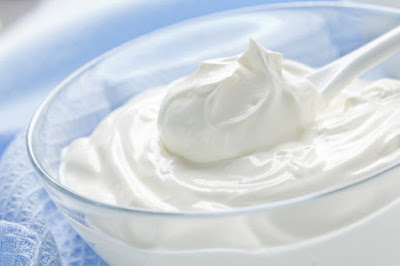What
is osteoporosis?
Osteoporosis is a disease which reduces
the mass and density of the bone. This further leads to weakening of the bone, making
them prone to low trauma fractures.Osteoporosis is accompanied by decreased
functional impairment, pain and respiratory obstructions. Eventually it leads
to decreased quality of life in older age.
Bones in osteoporosis
It is important for all to remain
acquainted with the true facts in order to maintain a good bone health and stay
away from the potential risks of osteoporosis.
Here are some common myths or
assumptions that prevent people from availing the right prevention and
treatment strategies.
Men
are safe from osteoporosis
Although the incidence is marginally
more among females due to menopause, the assumption that osteoporosis is a feminist
issue is not true. A Canadian study shows that 1 out of 8 men suffer from
osteoporosis.Fractures due to osteoporosis are equally common in older men specially
those above 50 years of age. The likelihood of developing osteoporosis among
male is greater as compared to prostate cancer.
Osteoporosis
occurs only in old age
Osteoporosis can occur at any age. The
serious complication of osteoporosis can be seen at old age when the natural
healing process of the body slows down.While age is one of the established risk
factor, the presence of any of the other risk factors, can induce osteoporosis
irrespective of the age.
Only
medicines can help curing Osteoporosis
Although non-pharmacological treatment
are most effective for managing the condition, one can also benefit from
regular exercise sessions including muscle strengthening exercises,
cardiovascular or aerobic exercises. Exercise is seen to improve the bone
mineral density and produce a synergistic effect with the drug combination.
Calcium
supplements are sufficient to prevent osteoporosis
While calcium is vital, other essential
components like vitamin D, K, B6, B11, along with minerals
are equally important for maintaining the bone health. Vitamin D is one of the
key components as it helps the body to absorb calcium.
Osteoporosis
is natural as we age
The prevalence of osteoporosis increases
dramatically with age but in osteoporosis, bone loss is significantly higher as
compared to normal aging process.The older people are at a greater risk for
vitamin D insufficiency which may exaggerate their condition hence, it is very
important to manage calcium and vitamin D deficiency in older people.
Osteoporosis
has a familial association
Genetics or family history definitely
makes one more susceptible to osteoporosis, but there are many other factors
for instance improper nutrition, hyperthyroidism, low levels of vitamin D,
excessive smoking, alcohol consumption,sedentary lifestyle that can attribute
to this condition.
There
are indications or manifestations of the disease
Surprisingly, osteoporosis remains
symptom less until the bones are extremely fragile to withstand minor fractures.
People may not experience any sign throughout their 20s, 30s, and 40s when the
disease may remain in a progressive stage. Hence, in order to detect
osteoporosis at earlier stage, one should go for routine bone density tests.
For Spine Treatment in India, Visit: www.healthopinion.net





















